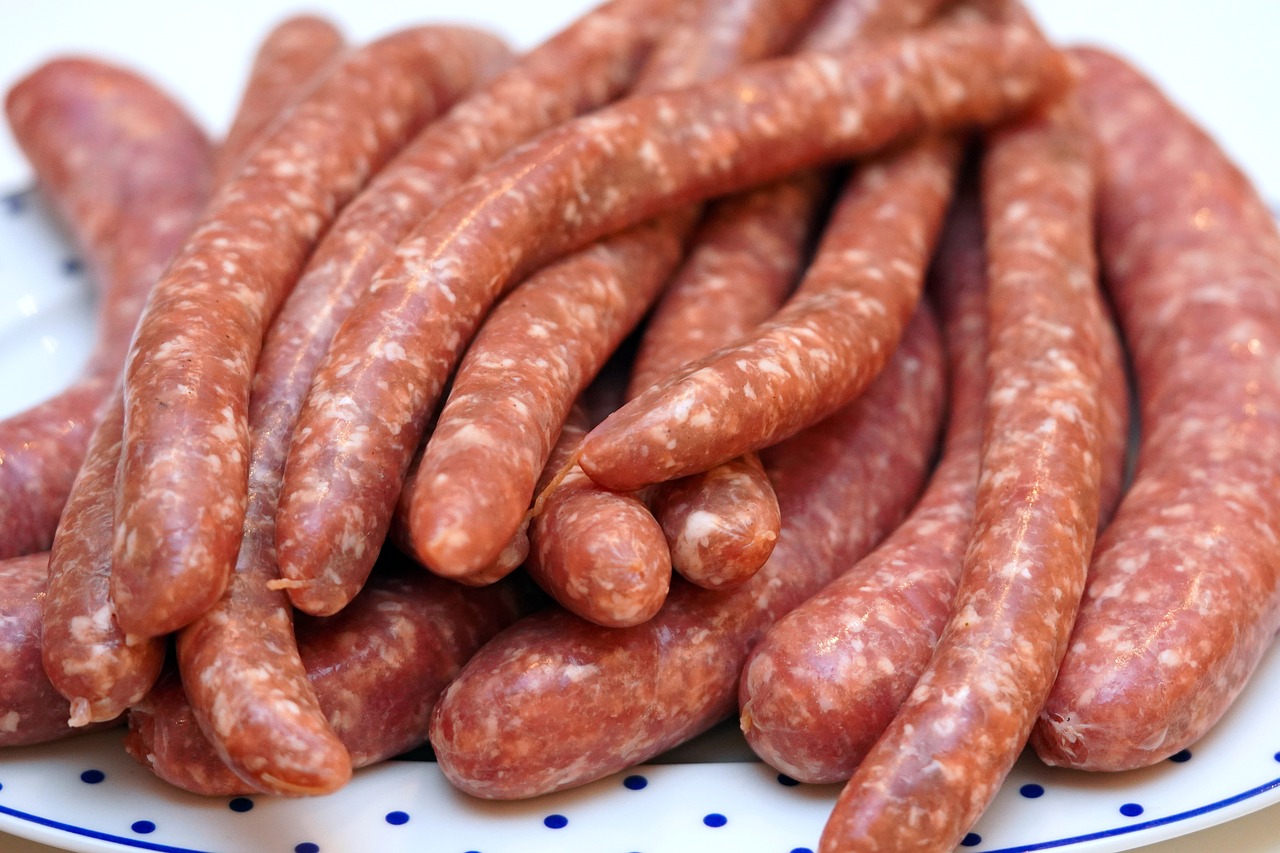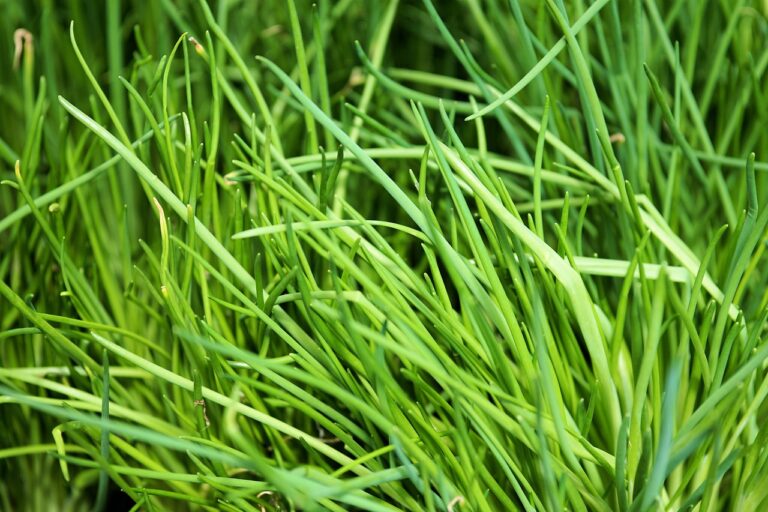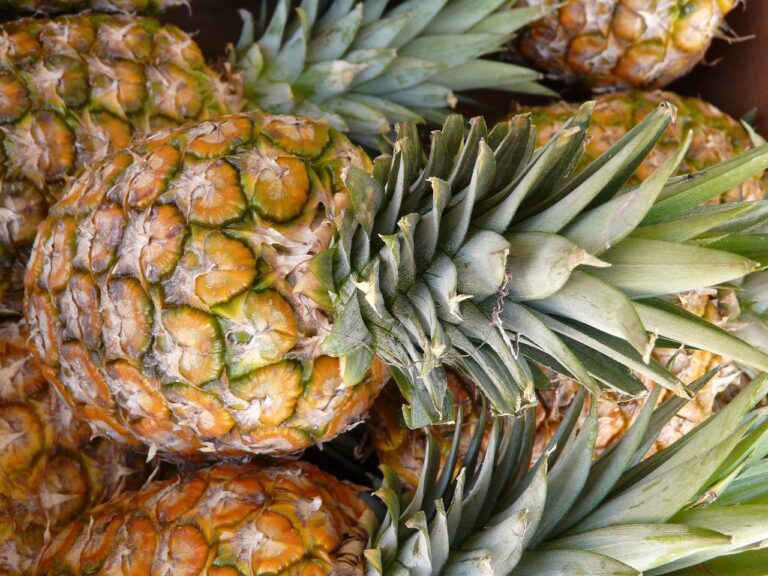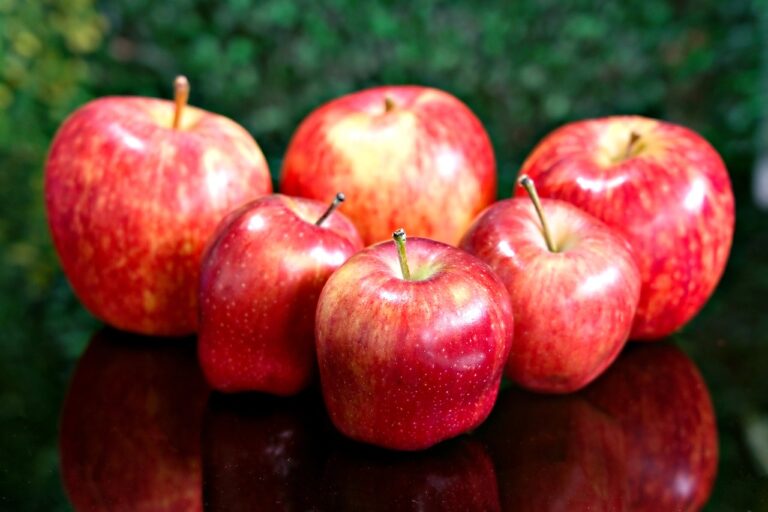The Role of Food in Historical Events and Traditions
Feasting in ancient civilizations held a multifaceted significance that extended beyond mere sustenance. These elaborate gatherings served as a means of fostering social bonds and reinforcing the communal fabric of society. In Mesopotamia, for example, feasting rituals were intricately linked to religious practices, where offerings were made to deities amidst a backdrop of communal dining.
Moreover, the act of feasting often functioned as a display of wealth and power within these early civilizations. The grandeur of feasts, characterized by the variety and abundance of food and drink, reflected the social status and influence of the host. In societies such as Ancient Egypt and Rome, feasting became a platform for rulers and elites to showcase their affluence and prestige to their subjects and to rival factions within the ruling class.
Food as a Symbol of Power and Prestige in Medieval Times
Food in medieval times was not merely sustenance; it served as a powerful symbol of one’s social standing and influence. Grand feasts and banquets were common amongst the nobility, showcasing their wealth and power to their guests and subjects. Lavish displays of exotic dishes, rare spices, and intricate table settings were meant to impress and assert dominance.
The types of food consumed and the manner in which it was prepared and served were carefully curated to convey messages of status and prestige. Sumptuary laws were even implemented to regulate what different social classes could eat, ensuring that the aristocracy could distinguish themselves from the common people through their extravagant and exclusive culinary practices. In this way, food became not only a source of physical sustenance but also a powerful tool for asserting and displaying power and prestige in medieval society.
Why was food such an important symbol of power and prestige in medieval times?
Food was considered a luxury in medieval times, and those who could afford to feast on lavish meals displayed their wealth and status to others.
How did feasting play a role in ancient civilizations?
Feasting in ancient civilizations was often associated with religious ceremonies, social gatherings, and important events such as weddings or funerals.
What types of foods were commonly served at feasts in medieval times?
Feasts in medieval times often included exotic and expensive foods such as roasted meats, game birds, spices, and sweet treats like pastries and sugary desserts.
Were there any specific rules or customs surrounding feasting in medieval times?
Yes, there were many rules and customs surrounding feasting in medieval times, such as appropriate etiquette, seating arrangements, and the order in which dishes were served.
How did the symbolism of food as a status symbol in medieval times compare to other symbols of power and prestige?
Food was just one of many symbols of power and prestige in medieval times, along with clothing, jewelry, and architecture. However, food was unique in its ability to be consumed and shared with others as a display of wealth.







